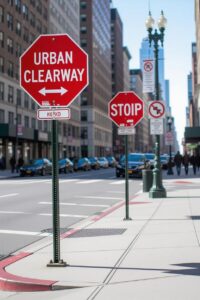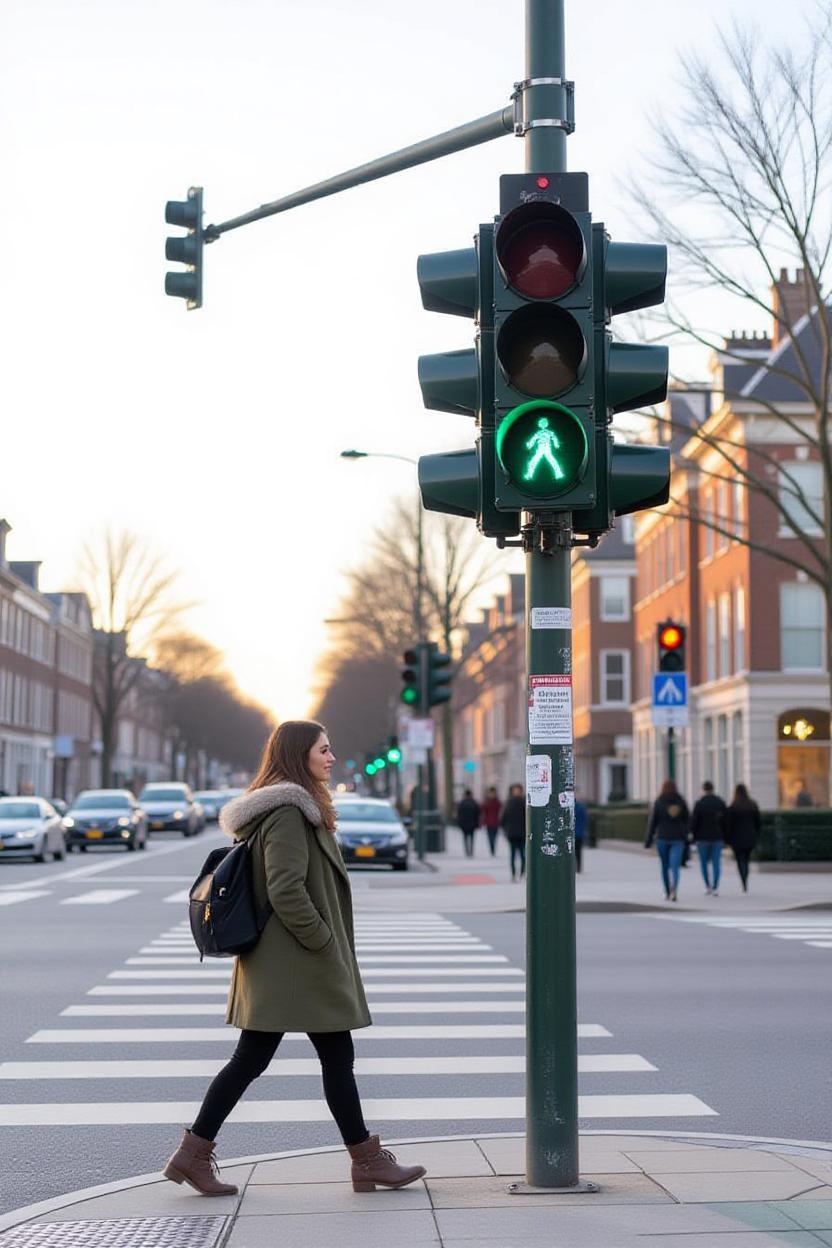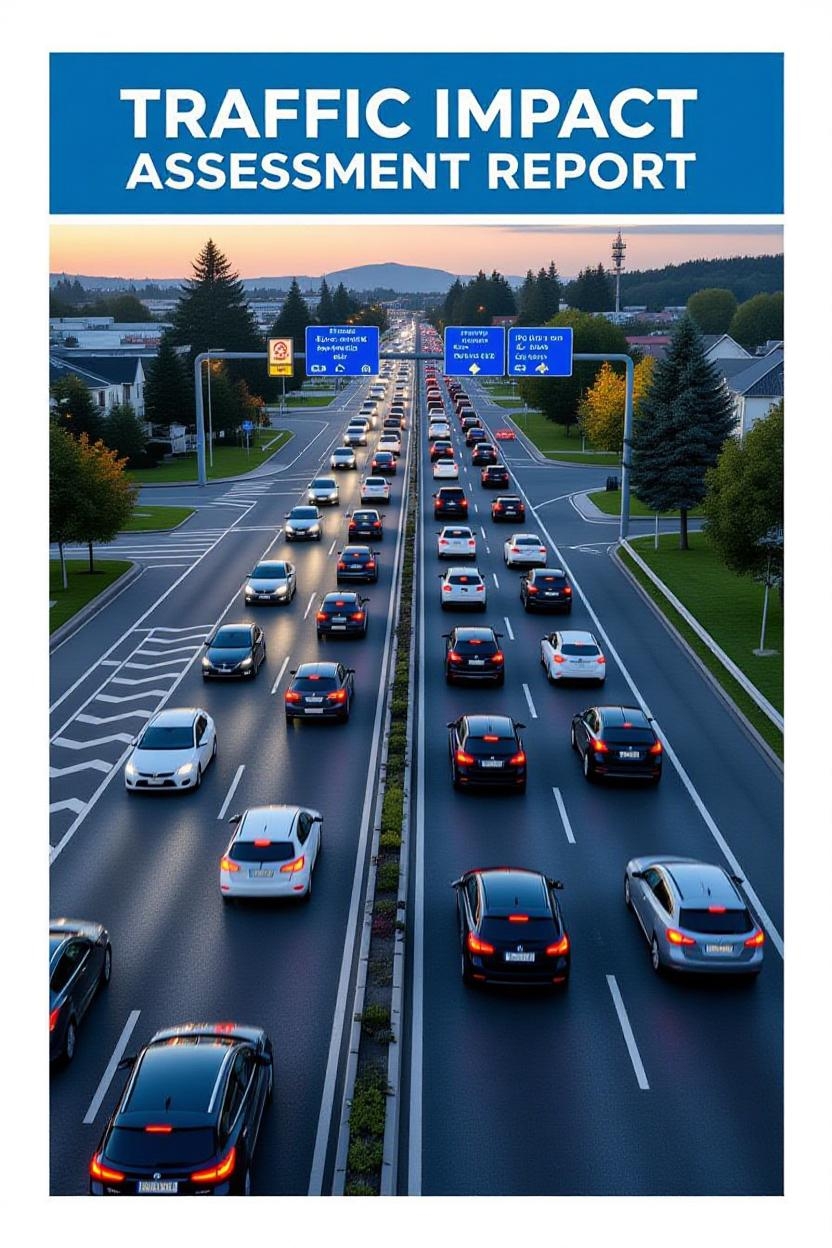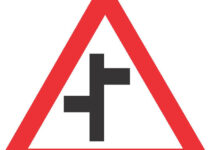Urban Clearway? 5 Rules and Tips for City Drivers
What Is An Urban Clearway?
An urban clearway is like a “keep it moving” zone in a city, designed to prevent traffic from grinding to a halt on busy roads. Imagine it as a road with a strict “no loitering” policy for vehicles during certain hours—think of it as a bouncer at a club, only letting cars flow through without stopping to clog things up.
The goal is to keep the road’s arteries clear, especially when the city’s pulse is racing during rush hours.
Instead of physical barriers or constant road markings, urban clearways rely on signs—usually a blue circle with a red diagonal slash, like a “no stopping” warning, paired with times like 7 AM to 10 AM or 4 PM to 7 PM.
These are the road’s “business hours” when you can’t park or linger, except for quick drop-offs or pick-ups, like kicking a passenger out the door without blocking the flow.
Outside those hours, the road often reverts to a free-for-all, where normal parking rules might apply, like pay-and-display or resident permits.
What sets it apart from, say, a red route (which is like an urban clearway’s stricter cousin) is its part-time nature and lack of painted lines screaming “don’t stop.” Red routes are often 24/7 with bold red lines, while urban clearways are more like a part-time traffic cop, only enforcing rules when the signs say so.
If you ignore the rules, expect a ticket—fines can sting anywhere from £70 to £130, and in some places, your car might get towed for holding up the show.
It’s all about keeping the city’s rhythm smooth, ensuring buses, delivery vans, and commuters don’t get stuck in a traffic jam symphony. Check the signs, though—each city tweaks the rules, and missing a detail could cost you.
What You Should Know About Urban Clearway
Here’s a breakdown of what you need to know, delivered with a bit of flair and some angles you might not find in standard write-ups.
1. It’s All About Flow, Not Freeze
Urban clearways are like the city’s bloodstream during rush hour. They’re roads where stopping or parking is a big no-no during specific times (think morning and evening commutes, like 7–10 AM or 4–7 PM, but always check the signs). The goal? Keep vehicles moving to avoid the urban equivalent of a traffic heart attack. Unlike regular roads, these aren’t about convenience for parking—they’re about prioritizing movement for everyone, from commuters to bus drivers.
2. Signs Are Your Overlord
You’ll know you’re on an urban clearway because of a distinctive sign: a blue circle with a red diagonal cross, often paired with a time plate (e.g., “Mon-Fri, 8 AM–6 PM”). These signs are your commandments. Ignore them, and you’re inviting a fine or a tow.
Unlike other roads with painted lines, urban clearways often rely solely on these signs, so you’ve got to stay sharp and scan for them.
Unique Angle: Treat these signs like a traffic dictator. They don’t mess around, and they don’t always repeat themselves as often as you’d like. Miss one, and you might not realize you’re breaking the rules until a ticket lands in your mailbox.
3. What You Can and Can’t Do
Here’s the deal: during the clearway’s active hours, you can’t park or stop for more than a hot second. Dropping off your friend for a coffee run? Fine, as long as it’s quick and you don’t block traffic. Unloading a van full of furniture? Nope, that’s a violation. Waiting for someone to finish shopping? Also a no-go. But if your car breaks down or you’re having a medical emergency, you’re in the clear (pun intended) to stop briefly.
4. Why It Exists (Beyond the Obvious)
Sure, urban clearways reduce congestion, but let’s think deeper. They’re like the city’s way of saying, “We’ve got too many cars and not enough patience.” They prioritize buses and emergency vehicles, ensuring they’re not stuck behind someone double-parked for a pizza pickup. They also subtly encourage public transport use—why deal with clearway stress when you can hop on a bus that’s zipping along?
Unique Angle: Urban clearways are a city’s attempt at crowd control for cars. They’re less about punishing drivers and more about choreographing a chaotic urban dance where everyone gets to their destination without stepping on each other’s toes.
5. The Sting of Breaking the Rules
Mess up, and you’re looking at a fine—anywhere from £70 to £130, depending on where you are (London’s pricier, naturally).
You might also get penalty points on your license or, worst case, your car could be towed, turning a quick stop into a pricey adventure. Enforcement is often via cameras or patrolling officers, so don’t think you can sneak a quick park.
Unique Angle: Getting caught is like losing at a high-stakes game of “red light, green light.” The city’s watching, and it’s got no chill. One wrong move, and you’re out of pocket and maybe hiking to the impound lot.
6. Not a Red Route, Not Quite a Free-for-All
Don’t confuse urban clearways with red routes (like London’s red-lined roads), which are stricter and often ban stopping 24/7 except for specific exemptions (e.g., taxis or blue badge holders). Urban clearways are more flexible—outside their restricted hours, they’re just regular roads where you might park with a ticket or permit. But during those hours? It’s a different beast.
Unique Angle: Think of urban clearways as part-time drill sergeants. They’re strict when on duty but chill out when the clock says so. Red routes, on the other hand, are like 24/7 boot camp.
7. Pro Tip: Know Your City’s Quirks
Every city plays the urban clearway game differently. Some might have longer restricted hours; others might slap on extra rules (like no loading/unloading). Always check to know these traffic signs giving orders shape, and if you’re in a new city, don’t assume the rules match what you’re used to back home.
Unique Angle: Urban clearways are like local dialects of traffic rules. They speak the same language (keep moving), but the accent—hours, fines, exceptions—changes depending on where you are.
8. The Bigger Picture
Urban clearways aren’t just about keeping roads clear; they’re part of a city’s survival strategy. With urban populations booming and cars multiplying, clearways are a way to stretch limited road space. They’re also a nod to sustainability—less idling means fewer emissions, and smoother traffic means less road rage (hopefully).
When May You Stop On An Urban Clearway?

Emergency exceptions on an urban clearway are specific situations where you’re allowed to stop or park during restricted hours without facing penalties, despite the usual rules prohibiting stopping.
These exceptions exist to account for genuine emergencies where safety or necessity trumps traffic flow.
Here’s a clear, fresh explanation of what qualifies, with a unique spin to keep it engaging and distinct from typical explanations.
What Counts as an Emergency Exception?
Urban clearways are designed to keep traffic moving, but they’re not heartless. If you’re in a dire situation, you’re generally allowed to stop, provided it’s unavoidable and reasonable. Here are the key scenarios that typically qualify as emergency exceptions:
1. Vehicle Breakdowns
If your car suddenly decides to throw a tantrum—say, a flat tire, engine failure, or a dead battery—you can stop on an urban clearway. The catch? You need to make it clear it’s an emergency (e.g., turn on hazard lights, put out a warning triangle if safe).
You should also move the vehicle as soon as possible or call for roadside assistance. Lingering longer than necessary could raise eyebrows with enforcement officers.
2. Stop During Medical Emergencies
If you or a passenger are experiencing a medical crisis—say, a heart attack, severe injury, or sudden illness—you can stop to deal with it.
This might mean pulling over to call an ambulance or assist someone in distress. The key is that the stop must be directly tied to the emergency, and you should move on or get help as soon as it’s safe.
3. Avoiding Immediate Danger
If stopping is the only way to prevent an accident or harm—like swerving to avoid a collision or stopping because of a sudden road hazard (e.g., a pedestrian darting out or debris in the road)—you’re in the clear. This is about acting in the moment to keep everyone safe.
4. When Directed by Authorities
If a police officer or authorized personnel directs you to stop, you may do so while following their instructions.
5. Outside The Signposted Hours Of Operation:
You may stop or park outside the designated hours indicated on the urban clearway signs, provided no other parking restrictions (e.g., yellow lines or pay-and-display rules) apply. Always check for additional traffic signs giving orders.
Emergencies are unpredictable, and urban clearways balance the need for traffic flow with real-world chaos. These exceptions ensure you’re not penalized for being human—or for your car being a diva—while still keeping the city’s arteries unclogged.
What Doesn’t Count When Stoping On Urban Clearway?
Not everything you might feel is urgent qualifies. For example:
- Stopping to answer a phone call, check directions, or grab a coffee? Nope, that’s a ticket waiting to happen.
- Unloading heavy groceries or waiting for a friend? Not an emergency, even if it feels like one.
- Minor car issues you could safely drive to a mechanic for (like a loose mirror)? Keep moving.
You should know that Enforcement officers or cameras monitor urban clearways, and they’re trained to spot genuine emergencies.
If you stop for a valid reason, you may need to explain it later if a fine arrives. For instance:
- Breakdowns: Keep evidence like a mechanic’s receipt or tow truck record.
- Medical Issues: Documentation (e.g., hospital visit proof) can help if you need to appeal a fine.
- Immediate Danger: You might need to describe the situation clearly to authorities, as cameras don’t always catch context.
Urban Clearway Practical Tips
- Act Fast: Address the emergency and move on as soon as it’s safe. Don’t linger.
- Signal Clearly: Use hazard lights or warning triangles to show you’re not just slacking.
- Document Everything: If you get a ticket, evidence of the emergency (e.g., photos of a breakdown, medical records) can help you appeal.
- Know the Signs: Urban clearway rules vary by city, so check local signage to understand when exceptions apply.
4 Urban Clearway Signs That You Should Be Aware Of?

Picture yourself cruising through a busy city street, and a sign catches your eye—it’s not yelling, but it’s definitely commanding your attention. That’s the urban clearway sign, the traffic world’s equivalent of a “keep it moving” memo.
Here’s a unique take on what it looks like, what it means, and why it’s a big deal, with a dash of personality to make it stick.
1. The Look: A Blue Circle with a Red Attitude
The urban clearway sign is a bold blue circle with a red diagonal cross slashing through it, like a stern “X” telling you to forget about stopping. It’s often mounted on a pole or attached to a wall, and it’s usually paired with a rectangular plate below it that lists the specific times and days when the rules are in effect (e.g., “Mon-Fri, 7 AM–7 PM”). Sometimes, it’s on a yellow background for extra visibility, especially in busy urban spots.
2. The Time Plate: The Fine Print That Rules
The real boss of the urban clearway sign is the time plate underneath. This is where the sign lays out its schedule—like a strict teacher announcing when class (or in this case, the no-stopping rule) is in session.
It might say something like “8 AM–6 PM, Mon–Sat” or “7–10 AM, 4–7 PM, Weekdays.” Outside those hours, the road often reverts to normal parking rules, but during those times, stopping is a hard no (except for emergencies).
3. Repeater Signs: The Nagging Reminders
Urban clearways can stretch for long distances, so you’ll often see smaller versions of the sign—called repeater signs—popping up along the route to remind you the rules are still in play.
These are like little nudges saying, “Hey, don’t forget, no stopping!” You’ll also spot an “End” sign when the clearway zone is over, which is basically the road giving you permission to breathe easy again.
4. No Road Markings: The Silent Enforcer
Unlike red routes or no-parking zones with their loud, painted lines, urban clearway signs don’t rely on road markings.
It’s all about the sign itself, which makes it sneaky. You can’t just glance at the ground for clues—you’ve got to keep your eyes peeled for that blue-and-red combo. This makes the sign both minimalist and powerful, relying on your attention to detail.
Wrapping Up On Urban Clearway
Urban clearways rely on signs alone to keep things simple and flexible. Road markings (like yellow or red lines) are permanent and harder to change, but signs can easily specify time-based rules.
This lets cities tweak restrictions without repainting roads. It also means you’ve got to stay sharp and spot those signs.


